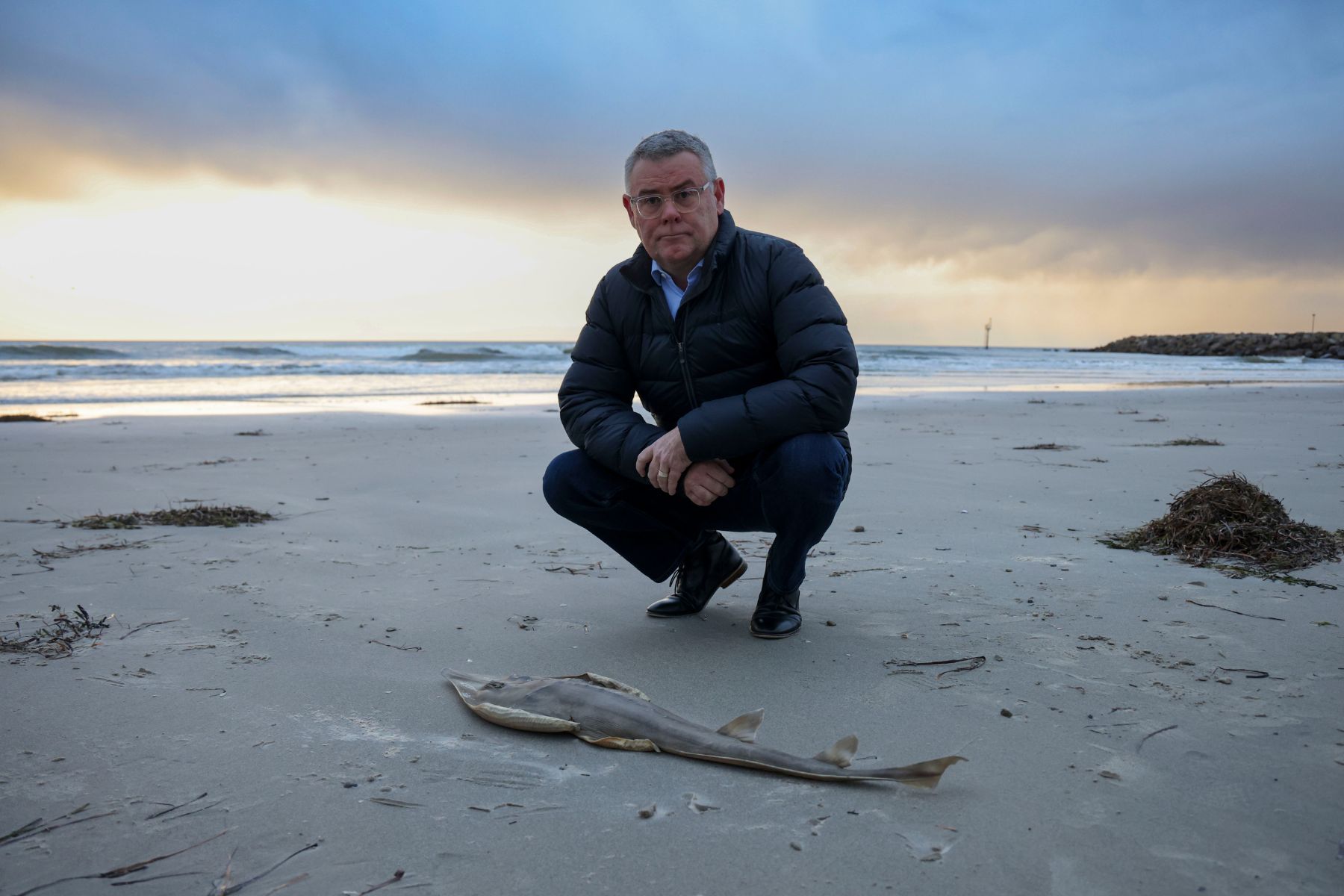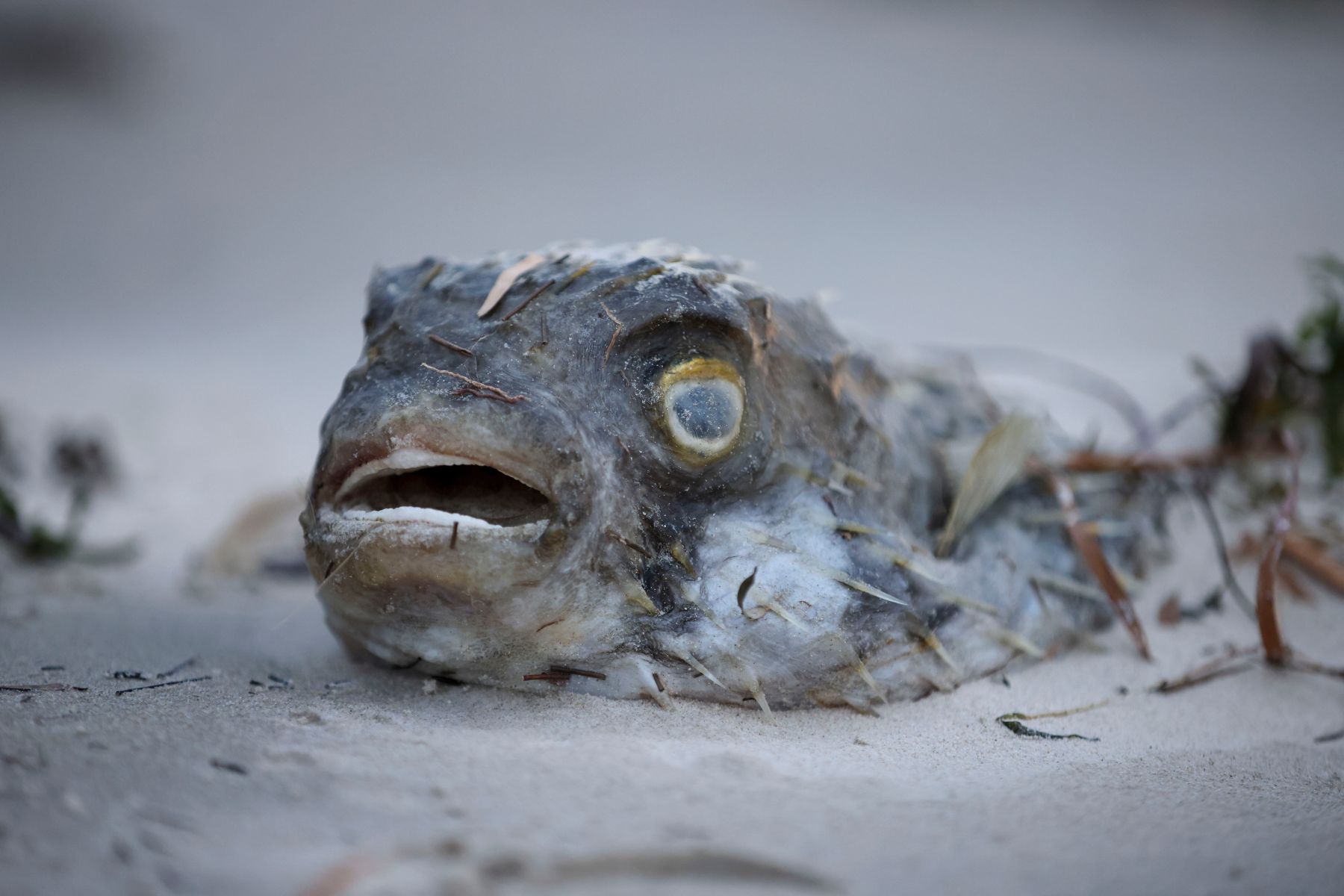Algal bloom ‘collapsing the ecosystem’: Opposition
More marine life could be added to the threatened species list as the opposition claims SA’s devastating algal bloom is “collapsing the ecosystem”.

The toxic algal bloom killing marine life off South Australia’s coast is causing “a collapse of the ecosystem”, Opposition Leader Sussan Ley says.
On Wednesday, Ms Ley visited coastline and communities affected by the bloom, which has killed tens of thousands of marine animals since it was identified off the Fleurieu Peninsula in March, and has since spread along some of the coastline.
“It’s not just fish, it’s sea grass, it’s water birds, it’s the whole web of life in our oceans,” Ley said.
“It was described to me (that) this is a collapse of the ecosystem. This is a complete collapse.”

Earlier, Environment Minister Murray Watt met scientists at the South Australian Research and Development Institute, inspected the bloom offshore and observed water sampling.
You might like
He announced that an expert assessment of the impact of the bloom had been expedited by the federal government to understand the impact on marine life.
The assessment will determine if more species need to be added to the threatened list, which already includes whitefin swellshark, longnose skate, greeneye spurdog, grey skate, and coastal stingaree.
New listings may trigger the development of conservation plans.
The bloom has resulted in more than 400 species of marine life, including sharks, rays and fish, washing up along the coastline.

On Wednesday morning, authorities removed a dead dolphin that had washed up onto the shore at Henley Beach in Adelaide.
Stay informed, daily
SA Environment Minister Susan Close said it was believed dolphins were struggling to find food because the bloom was killing fish, but “we’ve not yet found any poisoning in any dolphins where we’ve been able to do an autopsy”.
“So it isn’t about mammals being poisoned,” she said.
The Australian Marine Conservation Society and Humane World for Animals welcomed the expedited assessment, saying it was a “critical first step to protect rare and vulnerable species from being pushed closer to extinction”.
“The algal bloom disaster is hammering species that are already on the brink, ” AMCS spokesperson Alexia Wellbelove said.
“Fast tracking assessments is the right call and shows the government is listening to the science – but the real test will be how quickly we can get any listings in place to deliver much needed protections through recovery actions.”
Prime Minister Anthony Albanese also plans to visit SA next week to visit communities hit hard by the impact of the algal bloom.
Premier Peter Malinauskas said the state government was “preparing for the worst and hoping for the best”.
“If you do work under the assumption that it will be around in spring and summer, there will be a call on more Commonwealth resources,” he told the ABC.
The federal government hopes a recently announced jointly funded $28 million package will be enough to fix the damage.
-with AAP








